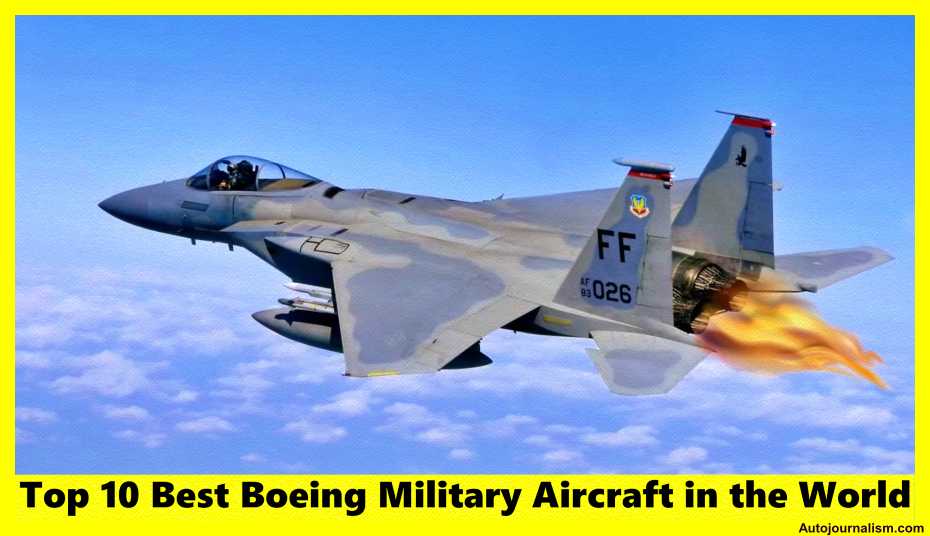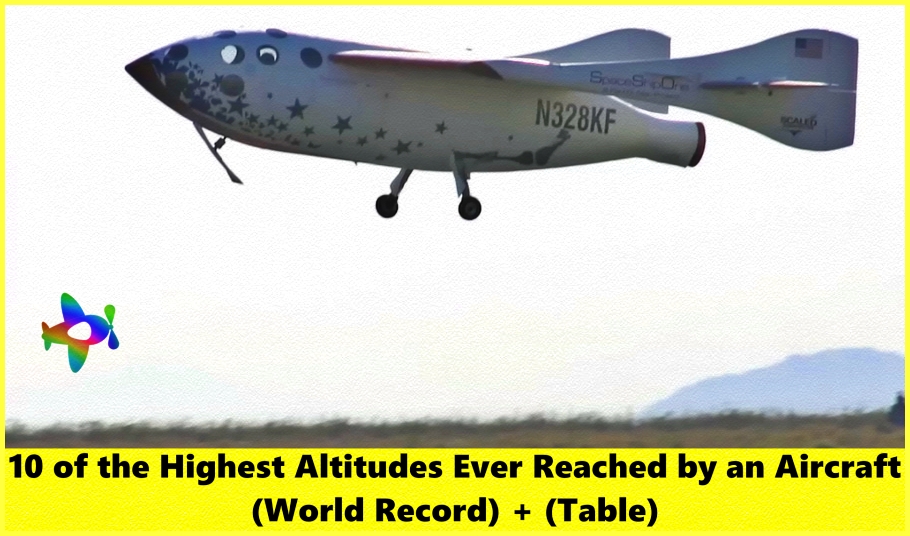Top 5 Combat Aircraft with Lowest Radar Cross section (RCS)
Here is the list of Top 5 Combat Aircraft with Lowest Radar Cross section (RCS), The radar cross-section RCS of the target is the major indicator of stealth or low observability. RCS reduction is particularly significant in stealth technology for airplanes, missiles, ships, and other military vehicles. Aircraft with reduced RCS can better elude radar detection, whether from land-based systems or from space. additional vehicles or guided weapons Reduced signature design also helps the platform’s overall survivability by making its radar countermeasures more effective. A stealth aircraft’s RCS is generally hundreds of times lower than that of a regular plane and is often equivalent to that of a small bird or huge insect. so let’s check out the list of aircraft by radar cross section.
RCS Full Form: Lowest Radar Cross section
List of Top 5 Combat Aircraft with Lowest Radar Cross section (RCS)
5. Sukhoi Su-57 (Lowest Radar Cross Section)

The su-57 has a radar cross section of about 0.1 square meter the su-57’s design emphasizes frontal stealth with RCS reducing features most apparent in the forward hemisphere the combined effect of airframe shape and radar absorbing material of the production aircraft is estimated to have reduced the aircraft RCS to a value 30 times smaller than that of the Sukhoi s227 the airframe incorporates platform edge alignment to reduce its radar cross-section the leading and trailing edges of the wings and control surfaces and the serrated edges of skin panels are carefully aligned at several specific angles in order to reduce the number of directions the radar waves can be reflected weapons are carried internally in weapon bays within the airframe and antennas are recessed from the surface of the skin to preserve the aircraft’s stealthy shape while radar absorbent material coatings absorb radar emissions and reduce the reflection back to the source it is now the first aircraft in Russian air force service to use stealth technology.
4. Lockheed Martin F-35 Lightning II (Lowest Radar Cross Section)
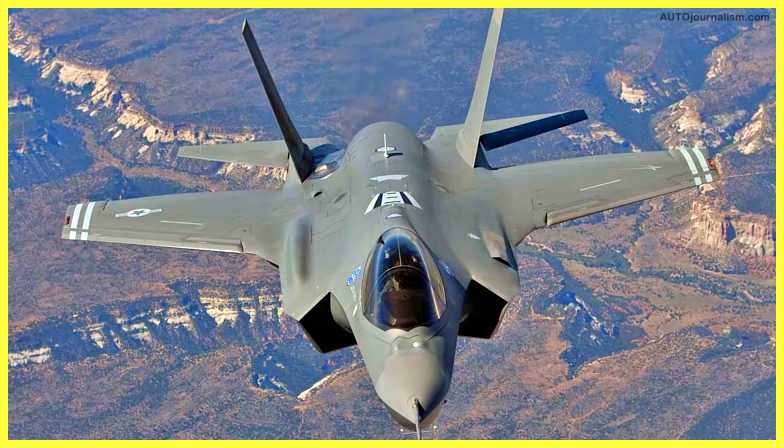
Stealth is a key aspect of the f-35s design and radar cross-section is minimized through careful shaping of the airframe and the use of radar absorbent material visible measures to reduce rcs include alignment of edges serration of skin panels and the masking of the engine phase and turbine according to the existing tradition foreign publications estimate the f35s rcs at 0.005 square meter the rcs of the f-35 has been characterized as lower than a metal golf ball at certain frequencies and angles the aircraft also has reduced infrared and visual signatures as well as strict controls of radio frequency emitters to prevent their detection looking at the rear view of the f-35 and exactly align search radar can see some of the f-3535’s engine turbine which is a good reflector if the f-35 is cruising at a modest power setting the turkey feathers of its tailpipe are nearly closed and the orifice is small which will greatly reduce the rcs additionally the tips of the tailpipe vanes are shaped to scatter radar as is the rear fuselage structure and the interface with the tailpipe the spray bars are arranged as curving blades that hide most of the turbine from line of sight.
3. Lockheed F-117 Nighthawk (Lowest Radar Cross Section)

At number 3 on the list of the top 5 combat aircraft with the lowest radar cross section is Lockheed F-117 Nighthawk this is a retired American single-seat twin engine stealth surface attack aircraft the nighthawk has a radar cross-section of about 0.001 square meters the radar absorbent flat sheets covering the f-017 weighed almost one tonne and were held in place by glue with the gaps between the sheets filled with a kind of putty material called butter and exhaust plume contributes a significant infrared signature the nighthawk reduces ir signature with a non-circular tailpipe to minimize the exhaust cross-section and maximize the mixing of hot exhaust with cool ambient air the f-117 lacks afterburners because the hot exhaust would increase the infrared signature and breaking the sound barrier would produce an obvious sonic boom as well as surface heating of the aircraft’s skin which also increases the infrared footprint.
2. Northrop Grumman B-2 Spirit (Lowest Radar Cross Section)
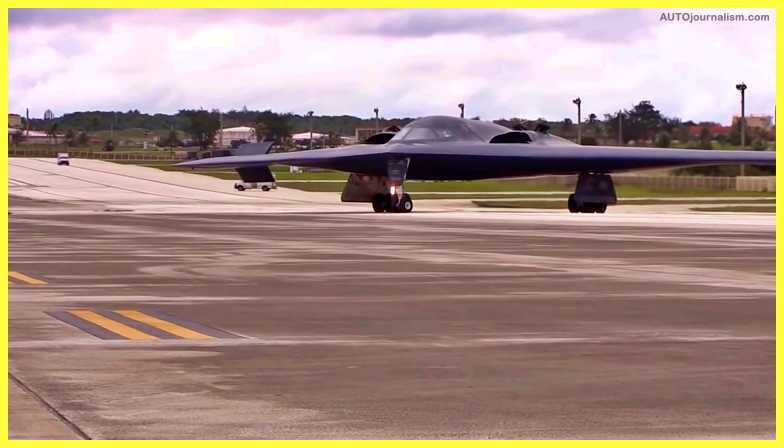
The b2’s low observable or stealth characteristics enable the undetected penetration of sophisticated anti-aircraft defenses and to attack even heavily defended targets the b2’s shape means there are very few leading edges for radar to reflect from reducing its signature dramatically this aircraft is further enhanced by the composed materials from which it is constructed and the coatings on its surface the b2’s flat narrow shape and black coloration helps it to fade into the night even in the daytime it is hard to figure out which way the plane is going despite having a 172 foot wingspan the b2’s radar cross section is 0.0001 square meter the b2’s thermal signature is kept to the bare minimum making it harder for thermal sensors to detect the bomber as well as lowering the aircraft’s acoustic footprint besides this the b2 is designed to contain its own radio signals the electromagnetic energy generated by onboard electronics the plane does emit radio energy when using its radar scanner or communicating with ground forces and other aircraft but the radar signal is small and highly focused making it less susceptible to detection.
1. Lockheed Martin F-22 Raptor (Lowest Radar Cross Section)
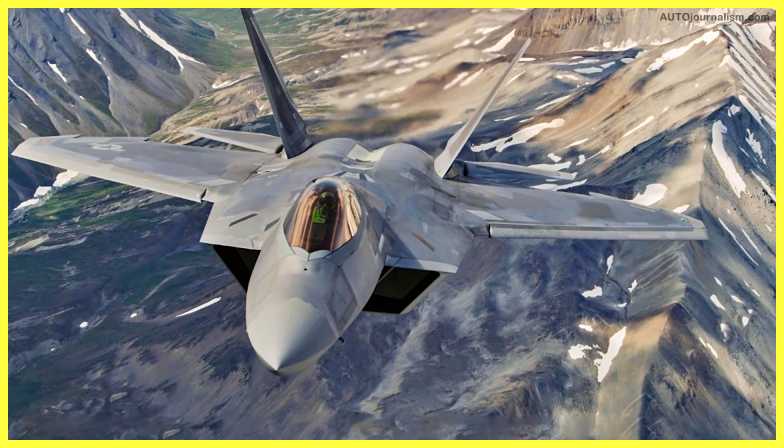
At the number one spot we have the Lockheed Martin F-22 Raptor the raptor is so stealthy that it appears to be the size of a bumblebee when detected by radar even though it is more than 62 feet long and has a wingspan of 44.5 feet the f22 raptors frontal aspect radar cross section is assumed to be 0.0001 square meter and the overall aspect radar cross section is assumed to be 0.00016 square meter many of the surface shapes of the raptor are curves with changing radii and these curves scatter radar beams in all directions instead of back to the radar source the sawtooth edges on cockpit edges landing gear doors and other openings also break up the radar the edges of the main wing and rear wing line up exactly making them appear much smaller on radar the raptor here has two large vertical fins and these vertical fins are angled like the body to deflect radar the fins also conceal internal antennas that help maintain the invisibility of the aircraft unlike current fighters it can carry missiles inside the fuselage whereas other aircraft can only carry missiles under the wings where they can reflect radar waves and make the plane much more visible the idea behind all this technology is to reduce the enemy’s ability to find track and target the f22.
Read also:
Top 10 Defense Contractors In The World

